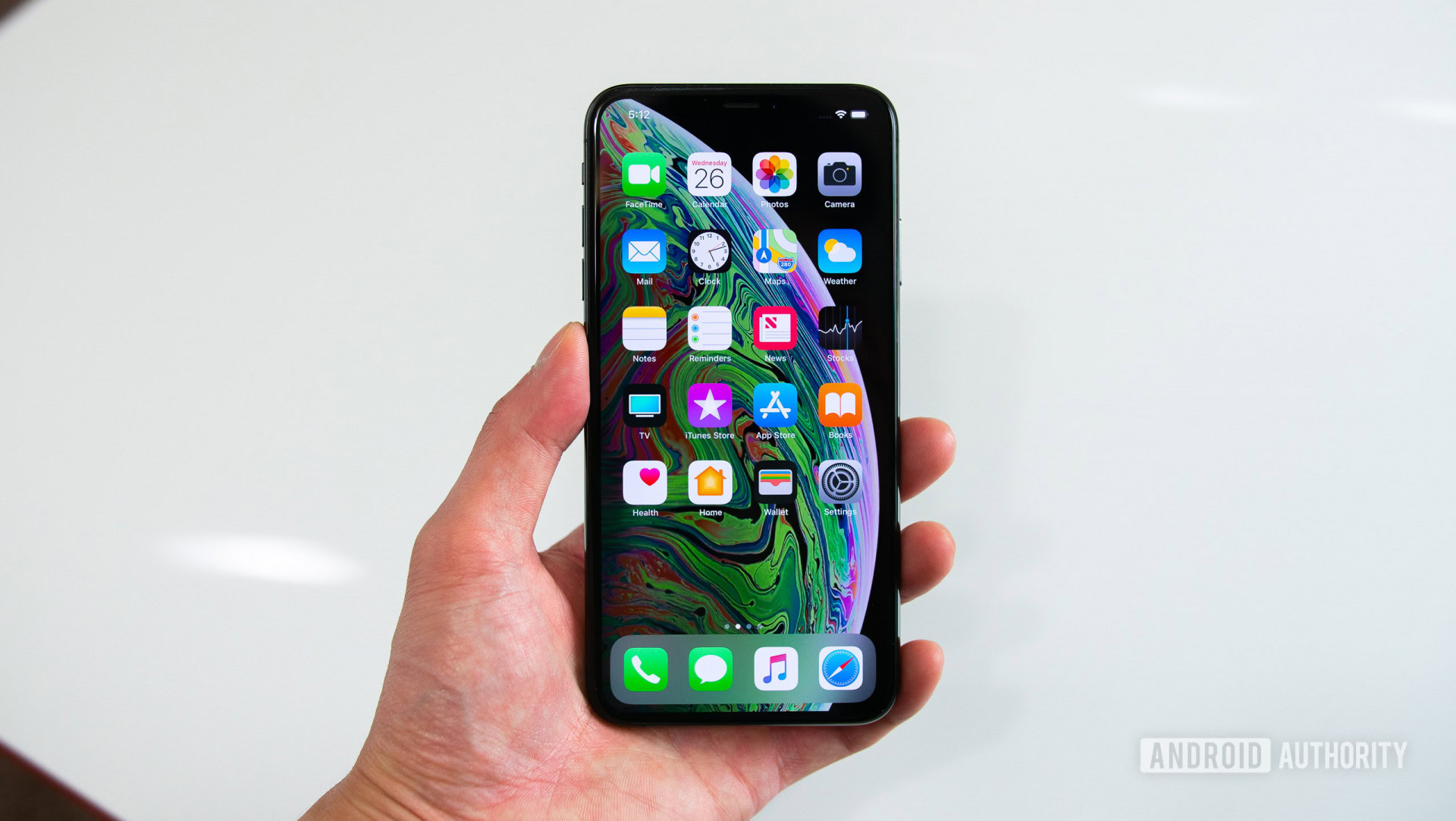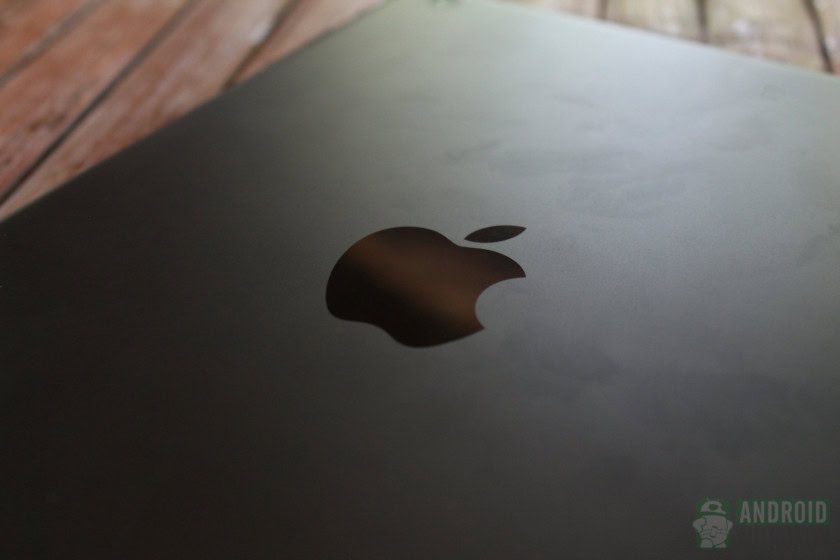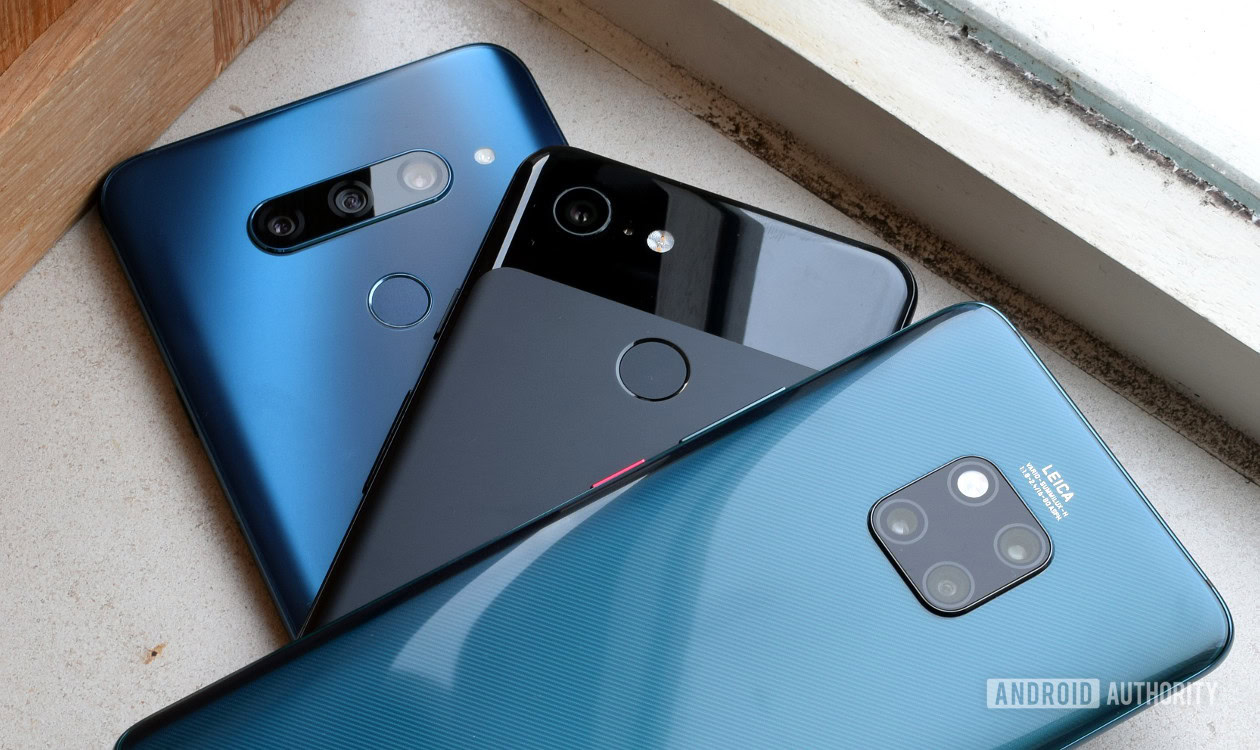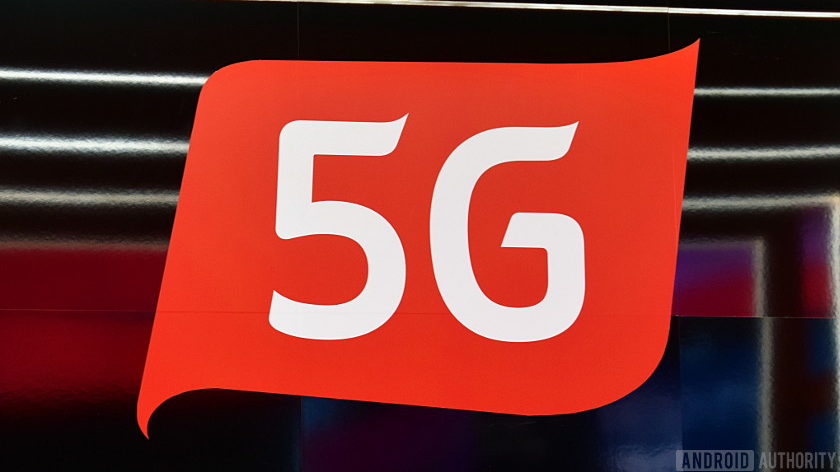Affiliate links on Android Authority may earn us a commission. Learn more.
Apple's W1 chip: What is it, and why don't Android users get a bite?
Published onDecember 10, 2018

It’s easy to harangue Apple for its gravitation toward proprietary hardware and near criminal prices — which we do — even we have to admit the Cupertino-based company’s W1 chip promotes a seamless Bluetooth audio experience for iOS users.
The W1 chip, in brief

Apple’s W1 chip is an Apple-exclusive system-in-package chip that optimizes audio streaming for listeners using AirPods, or more recent Beats headphones, and offers three main benefits:
- Users with compatible devices experience immediate device pairing and re-connecting.
- Bluetooth connectivity is stable and reliable. Per the SoundGuys review, the AirPods’ connectivity seems immune to stuttering, a rare feat for true wireless earbuds.
- Devices with an integrated W1 chip are less power-hungry, meaning listeners can worry less about finding the nearest outlet and spend more time enjoying their music.
For an Apple user to reap these perks, their phone must run on iOS 10 or later, and the headphones must also support AAC. The latter bit is crucial for lag-free playback and optimized audio quality. As an audio format, AAC supports 24-bit 96kHz audio quality, but the Bluetooth format constrains it to just below CD quality. Fortunately, it shouldn’t be too difficult to meet these demands considering even the technologically archaic iPhone 5 is iOS 10-compatible, and plenty of earbuds support AAC. Still, wired listening is always superior where performance is concerned.
Related: Are Beats headphones worth it?
Where’s Android’s W1 chip?

Nowhere in sight.

The Android enterprise is vastly different than Apple’s, which is clearly demonstrated by the varying Bluetooth codec performances experienced on Android devices. Since there exist multiple Android manufacturers — as compared to Apple’s sole presence — the Android experience can be disorienting, especially considering its asynchronous software updates.
Although Google, Samsung, and LG users benefit from optimal software, greater customization, and superior audio performance, the lack of centralization curtails the possibility of a universally compatible chip like the W1.
Perhaps an Android equivalent to the W1 chip will never see the light of day, but Bluetooth improvements are inevitable.
Now, one could argue Bluetooth 5.0 support is comparable. It’s hardly a hill to die on, as there are palpable benefits to the updated firmware, but it’s not the same as having a dedicated chipset. Plus, iPhones support Bluetooth 5, too, so the firmware doesn’t have the same exclusive panache as the W1 chip.
Admittedly, it’s unlikely Android users will see a W1 chip equivalent any time soon — if ever — but that doesn’t exclude the possibility of global Bluetooth streaming improvements, which I remain ever-optimistic about.